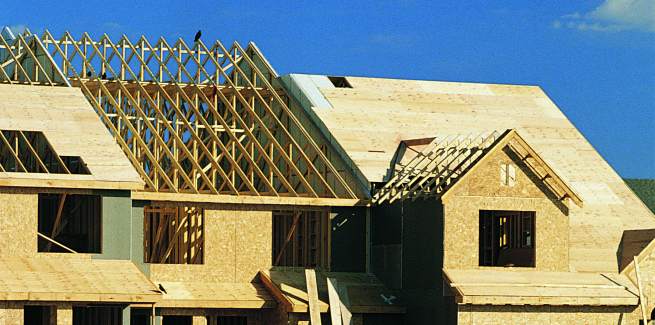The Housing Industry Association (HIA) expects residential building activity to continue on its downward slide over the next two years, unless migration policy is further tightened.
According to the association’s estimates, there were around 225,900 new homes that started getting built in 2018, up 4.4 per cent over the previous year.
Statistics from the Australian Bureau of Statistics show that $68.7 billion worth of work on new homes was completed last year, which the HIA said was an all-time high.
However, the association expects the number of dwelling commencements to fall by 15.4 per cent to 191,000 new homes in 2019, and a further 5.7 per cent to 180,200 in 2020.
HIA senior economist Geordan Murray believes further declines in the construction of new homes “will provide a headwind for economic growth”.
“The volume of activity began to retreat from the peak during the second half of [2018]. The total value of building work done on new homes declined by 3.7 per cent in the final quarter of the year,” he noted.
“This implies that the pipeline of new residential building work is thinning out. And as the homes that are currently under construction reach completion, there are likely to be fewer new projects to replace them.”
This forecast is based on a range of market trends, including declining house prices in all states and territories except Tasmania, as well as banks’ hesitance to lend.
HIA chief economist Tim Reardon said: “In 2018, market confidence fell away as dwelling prices corrected, adversely impacting all segments of the market. Investors and owner-occupiers are delaying purchase decisions, and foreign investment has also fallen dramatically for numerous reasons.
“An additional and unanticipated factor that emerged in 2018 was the credit squeeze created as banks reduced the amount of money they are prepared to lend each customer.
“The impact of the credit squeeze will moderate over the first half of 2019, as the market adjusts to these new limits.”
Mr Reardon noted that builders in markets with a significant volume of construction work in the pipeline, such as Melbourne, have not been affected by the housing slump, but poorly performing markets, such as Perth, have fallen to a new low.
The chief economist believes if there are no improvements in leading indicators – such as sales of new residential lots, new home sales, building approvals and housing finance – during the first half of this year, the pipeline of building work “will be exhausted at a concerning rate”.
“As yet, the impact of the credit squeeze does not warrant a material downgrade to our forecasts as the strength of the economy supports building activity as it recalibrates to more traditional levels. The building industry, which has driven activity in the rest of the economy for the past five years, is now reliant on the strength of the rest of the economy to deliver an orderly downturn.
“The expectation that governments will not constrain net overseas migration is central to this outlook for a contained downturn.”
The chief economist concluded: “If the fall in overseas migration accelerates, then interest rate cuts are likely to be necessary in order to mitigate the adverse impacts of this home building downturn on the wider economy.”
[Related: New home building ‘facing toughest year in almost a decade’]
 ;
;
